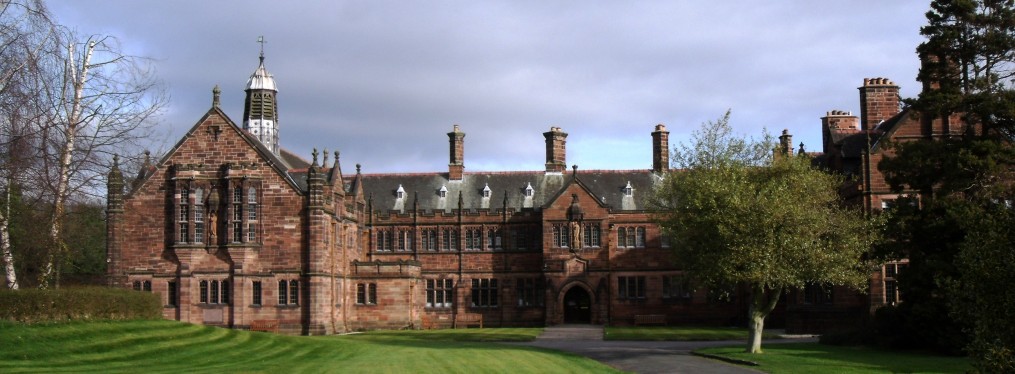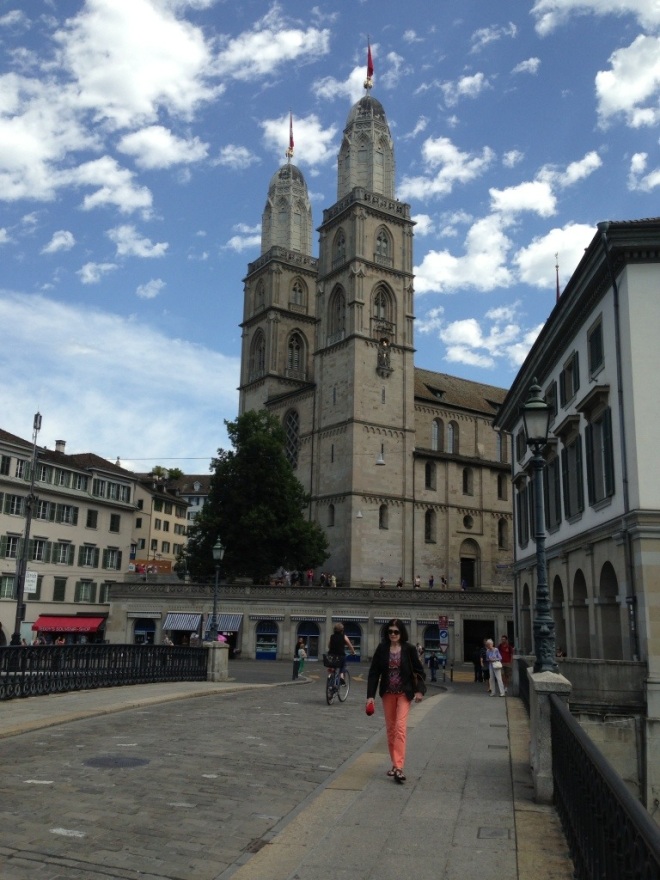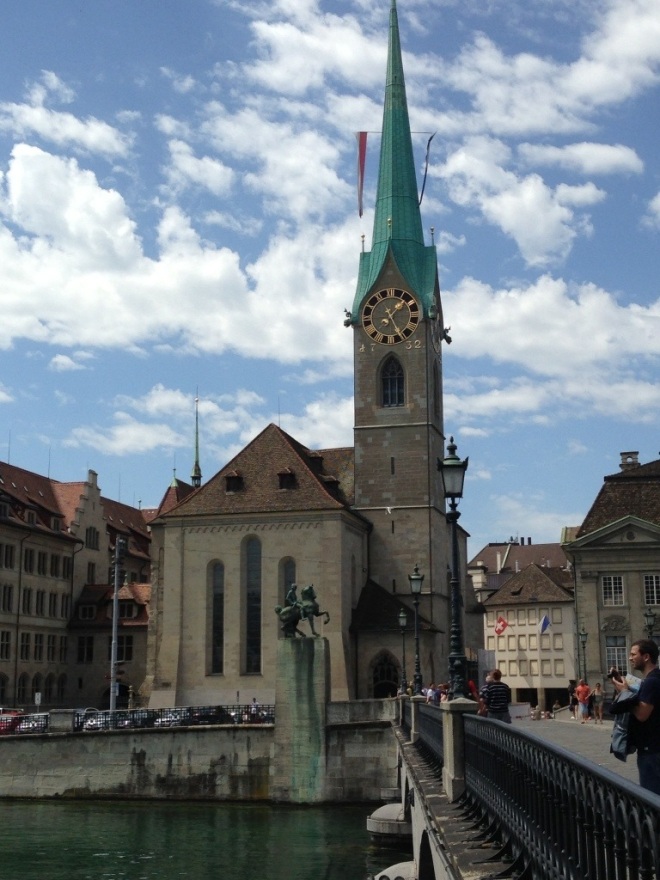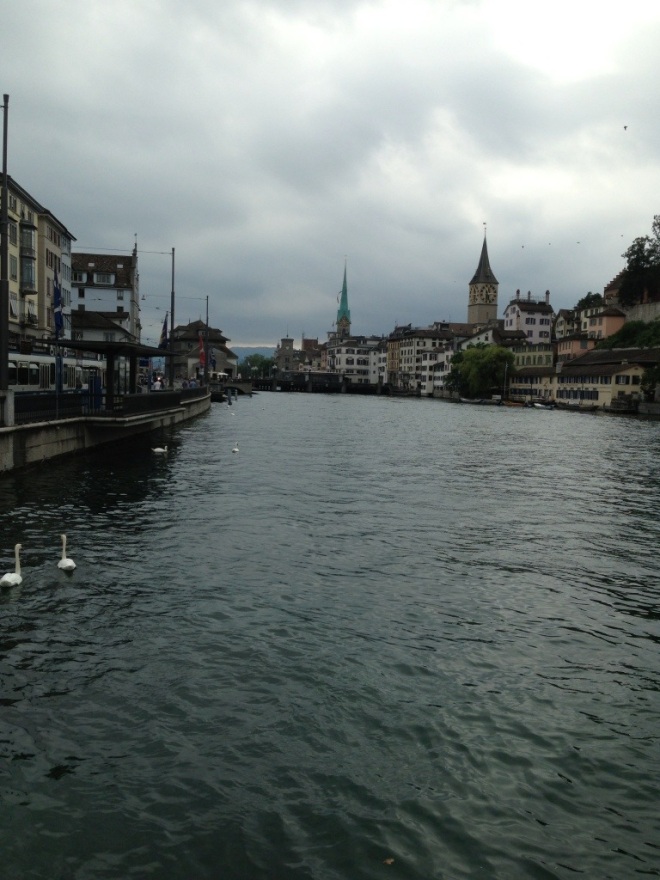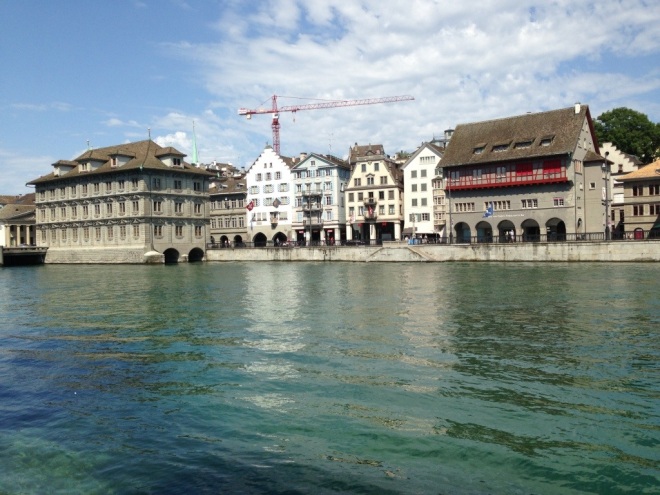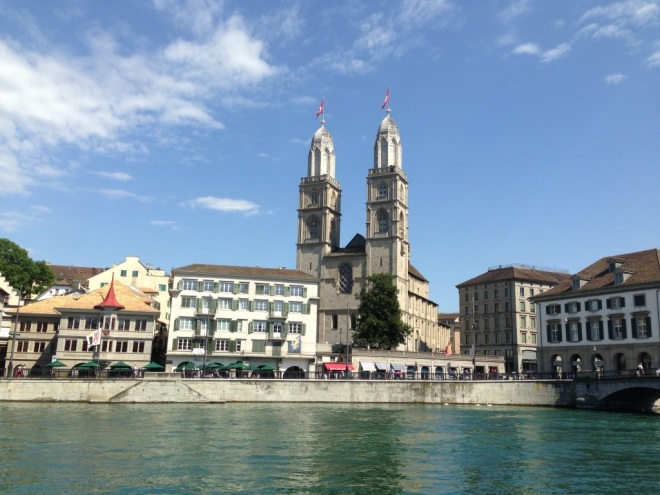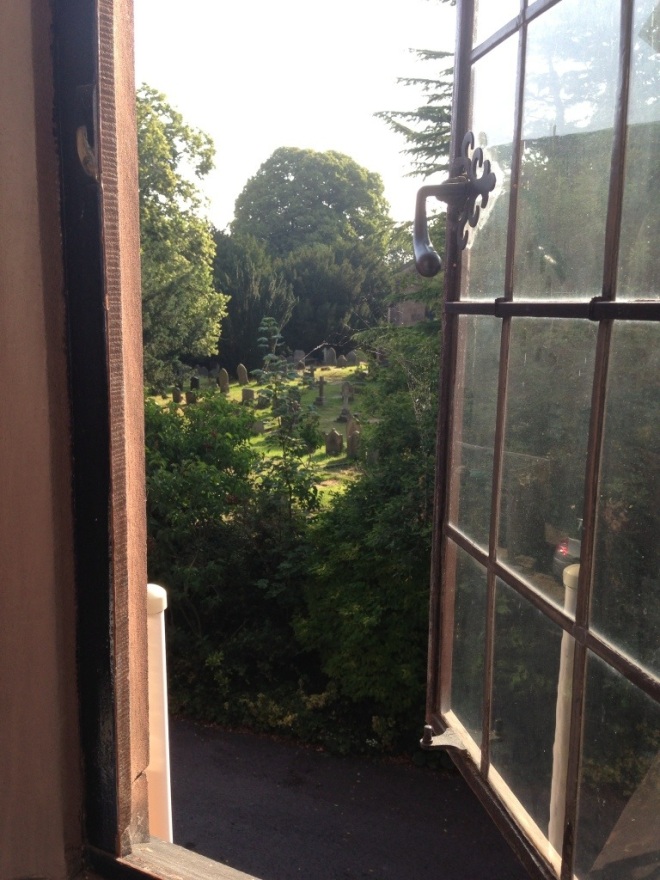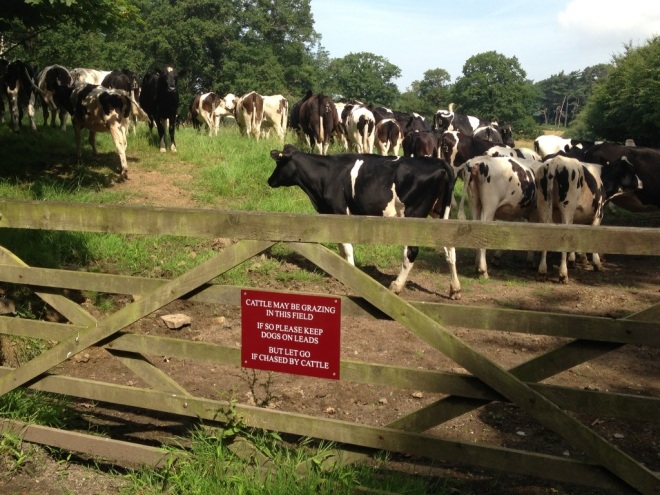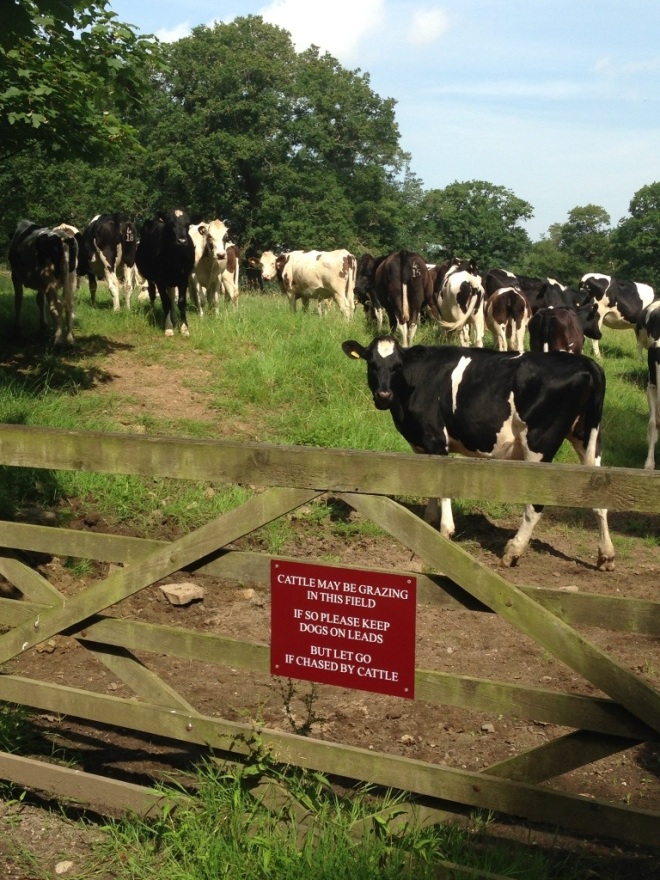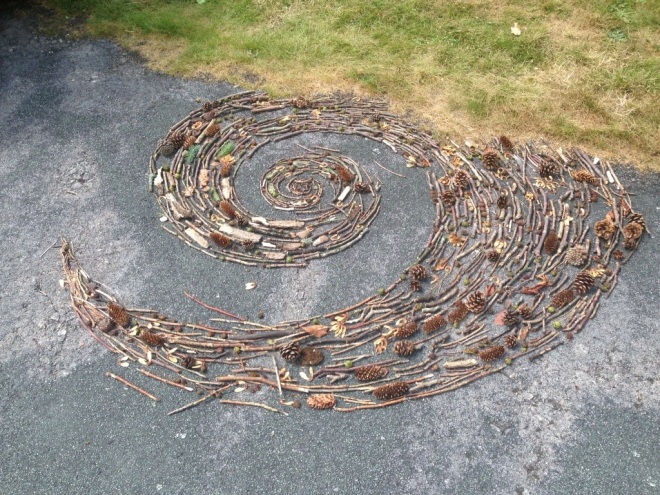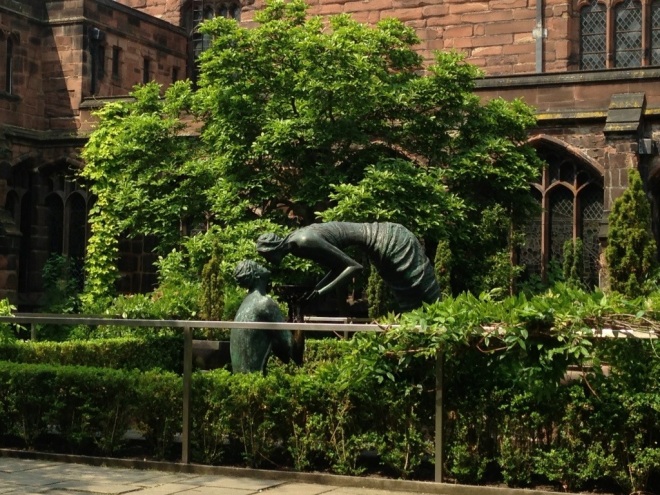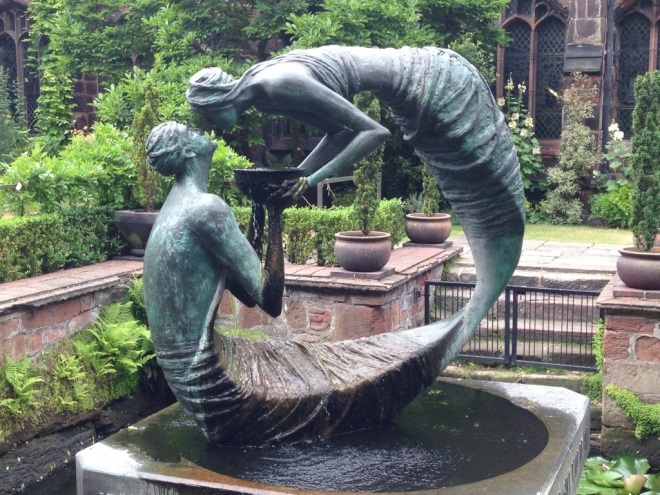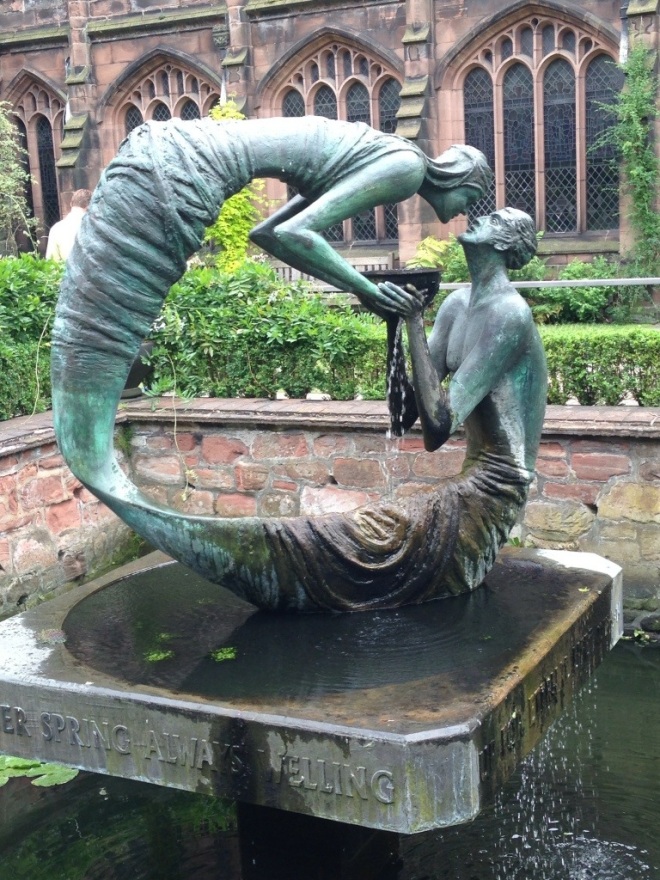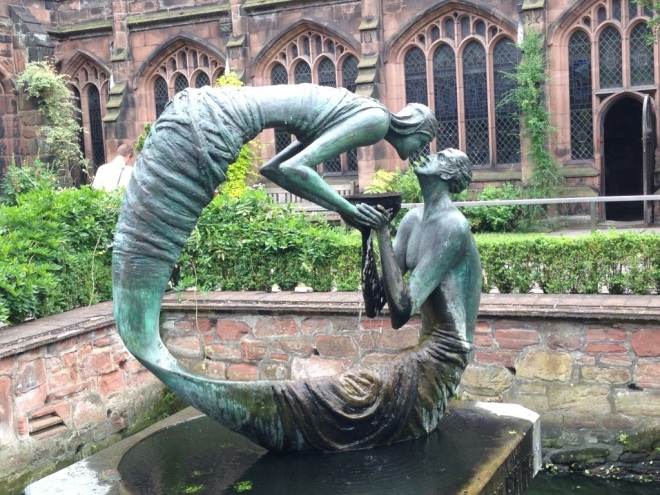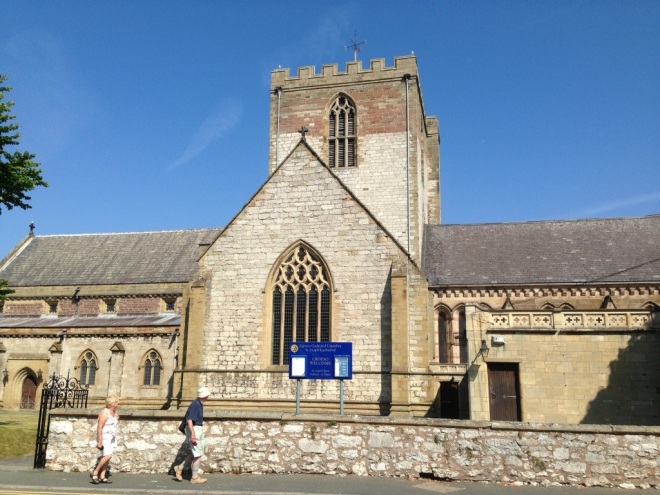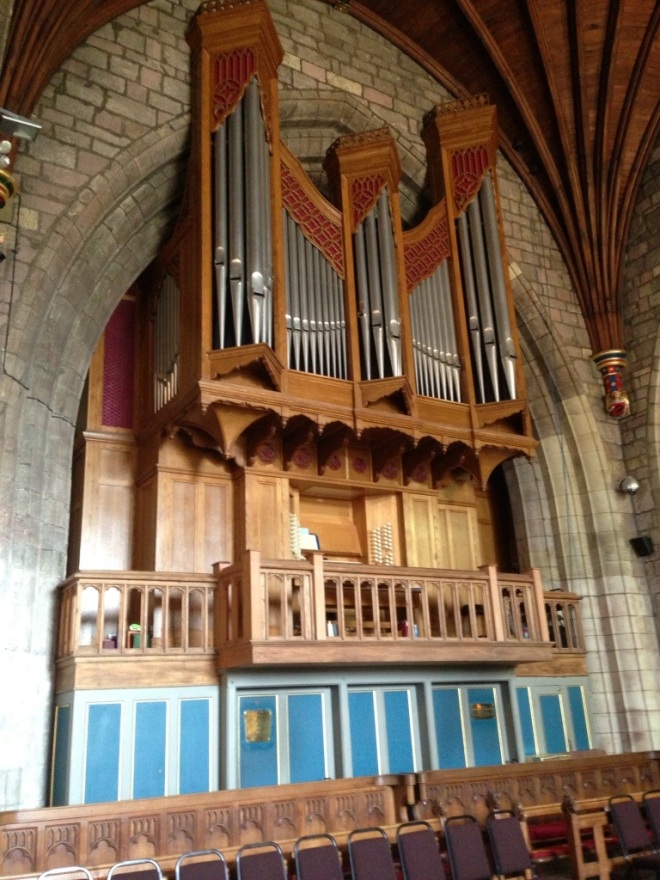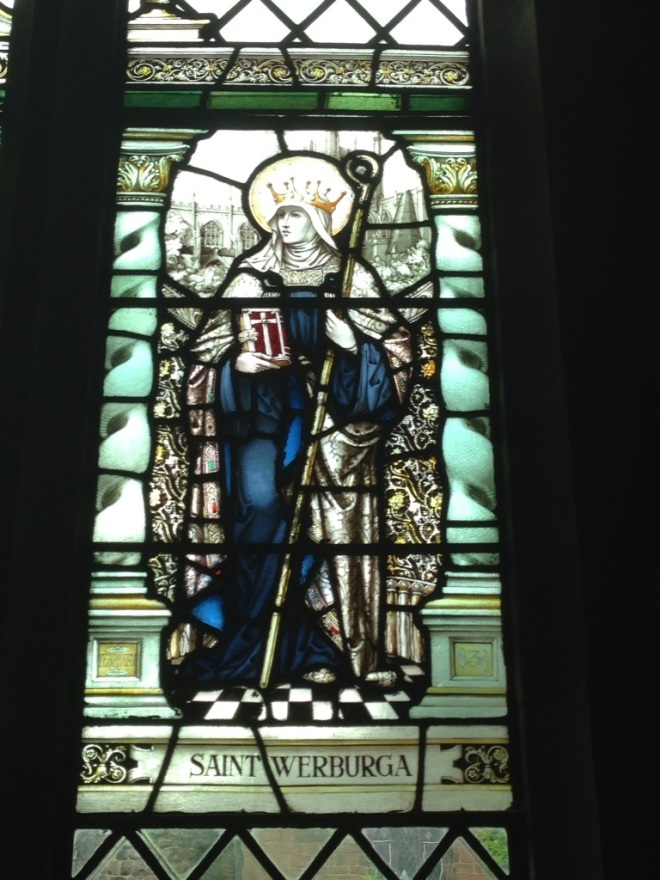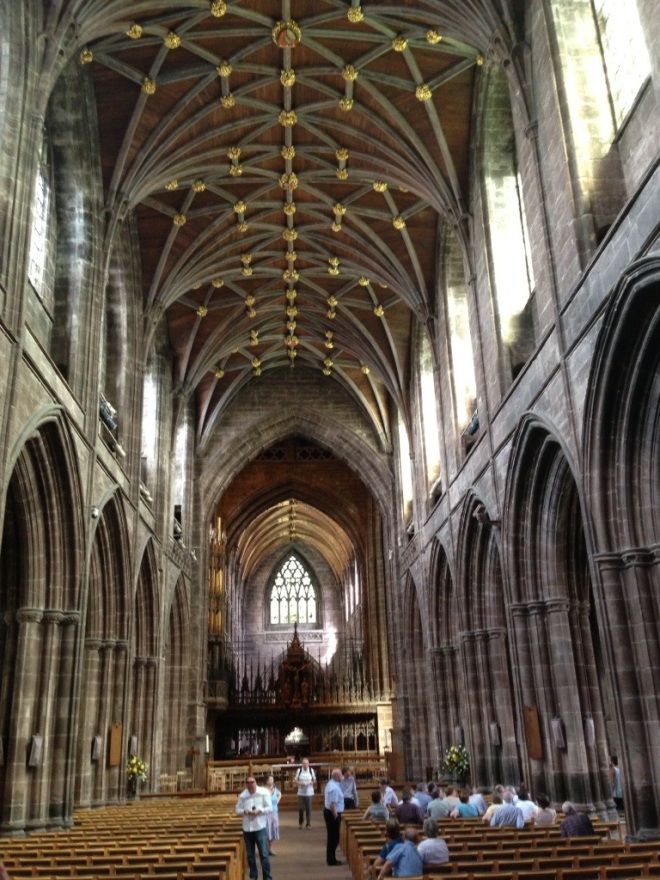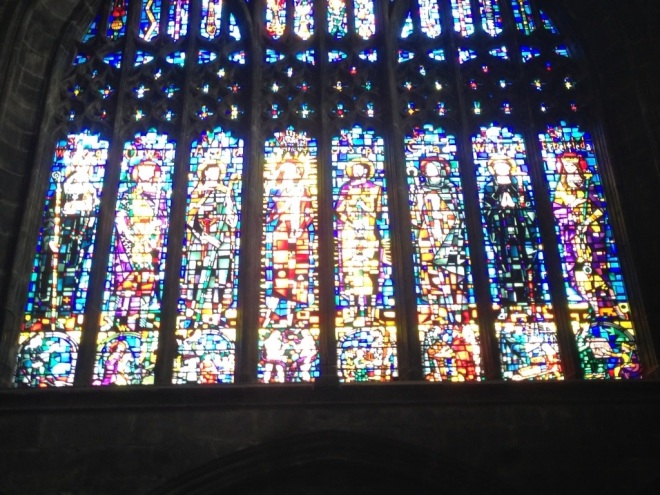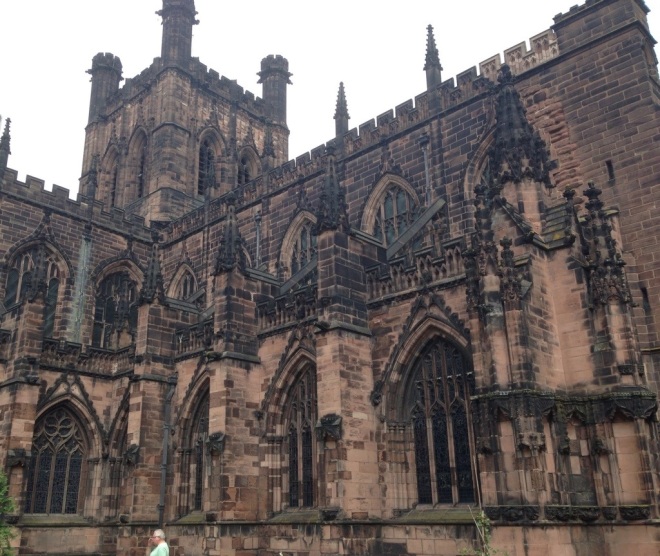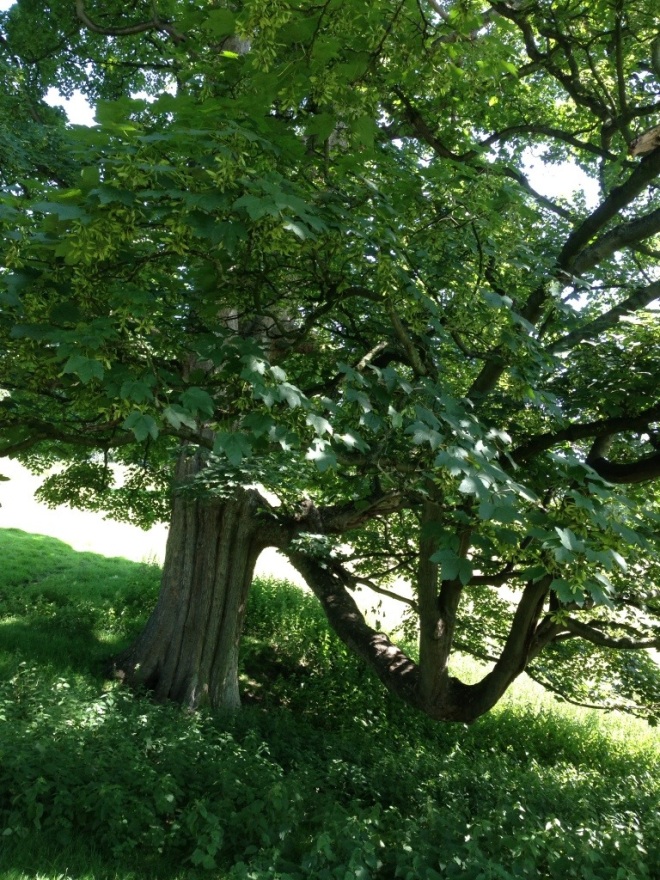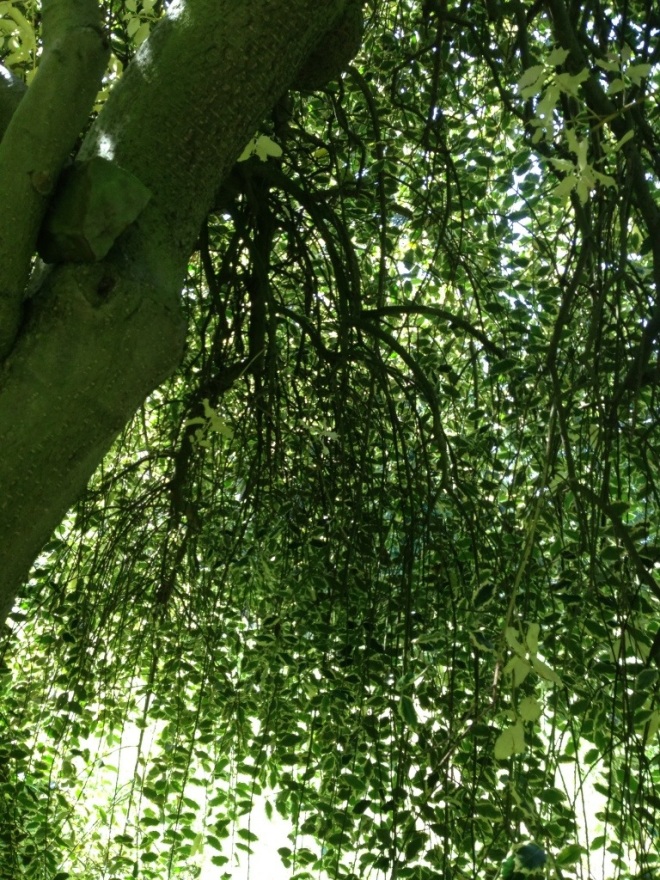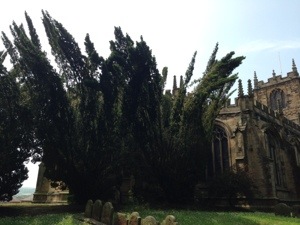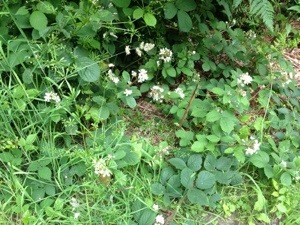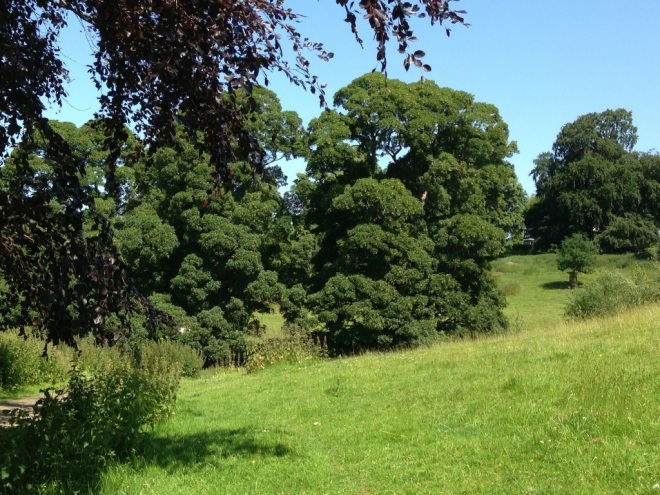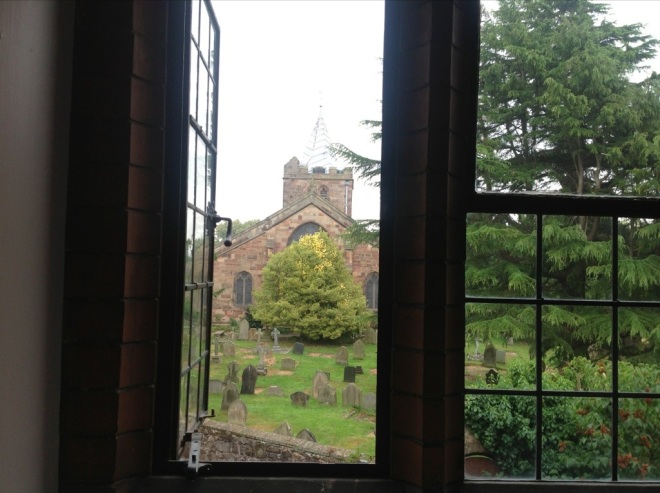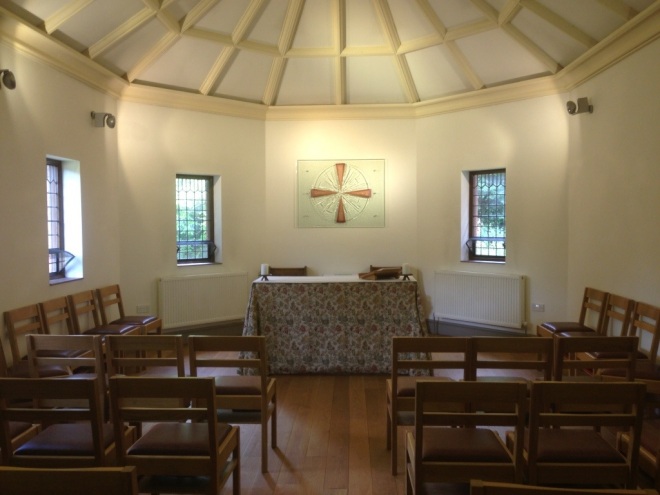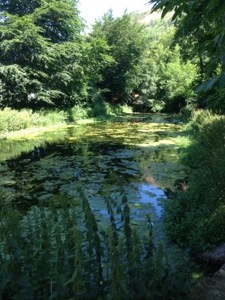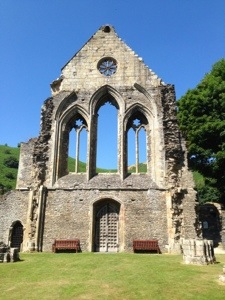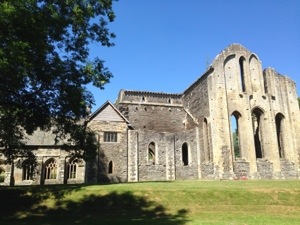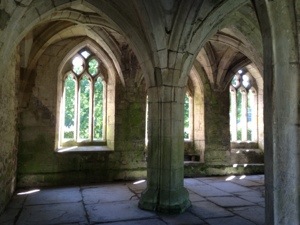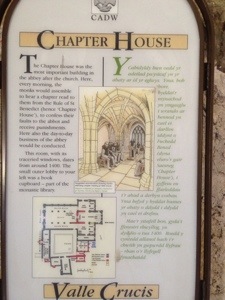We left England yesterday on the Eurostar, connected in Paris to the TGV (tres grande vitess or very big fast train) arriving in Zurich for 3 nights. We have a nice hotel in the heart of the old city of Zurich.
As we have walked the cobblestone street today, I have been especially aware of so many languages…German, French, Dutch, British English and lots of American English – all strolling the streets, drinking, eating and enjoying the lovely day. We visited the Grossmunster which overlooks the area.
According to legend, Felix and Regula who became the patron saints of Zurich were martyred at the river and than carried their severed heads up the hill to where they wanted to be buried. The Grossmunster, centuries later, was built to honor the spot and house their relics. It dates from the 13th century. In the 16th century, the Swiss theologian, Zwingli, launched Zurich’s Reformation from here.
Just across the river is the Fraumunster. Originally built as an Abbey in the 9th century, it was closed during the Reformation. The church has recently been remodeled and is best known for stunning stained glass windows by Marc Chagall.
For obvious reasons, they did not allow pictures inside the church but let me try to paint one. Lyle and I approached the church and heard music … A pipe organ. As we got closer, the sound was stunning. We entered and light was streaming through the Chagall windows. Brilliant blues, ornate oranges and yellows. Greens that literally embraced us. Reds that rose to heaven and warmed the dampness in the room. We sat and listened with eyes and ears. I moved around the chapel to better see each window. The organist continued for at least a half hour and we did as well. It was worship for us this morning!
We finally emerged to sunlight. It had been overcast when we entered. I looked up to the Grossmunster and pondered for a moment just how much history was here – and how much of it was violent…people killed for faith and country and culture. Such dissension continues, of course, in much of the world. That’s why it was so nice to walk the streets of so much culture and hear the many languages and think “we can do better!” And, in fact, we KNOW better than this guy…
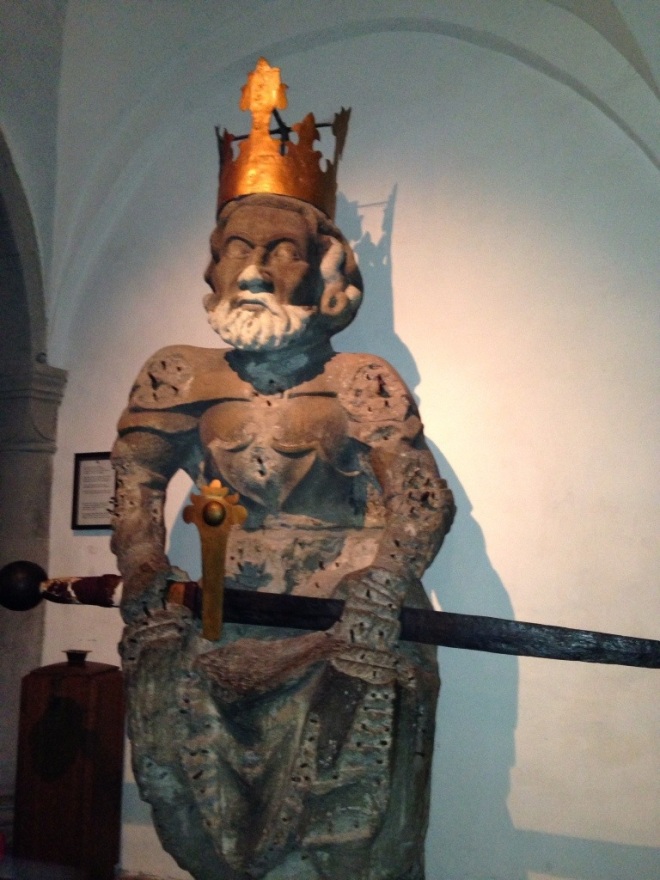
That’s Old Charlemagne…I found him in the crypt of the Grossmunster…he had been outside, overlooking the river…there is a copy there now – but this is the original. Trying to bring peace through violence and beheading and conquering is not the best way, right? So Charlemagne is in the crypt … And up above people stroll, speaking many languages and at least for now, getting along rather well on the banks of the river…
